9 Easy Tips for Cooking with Fresh or Dried Cherries
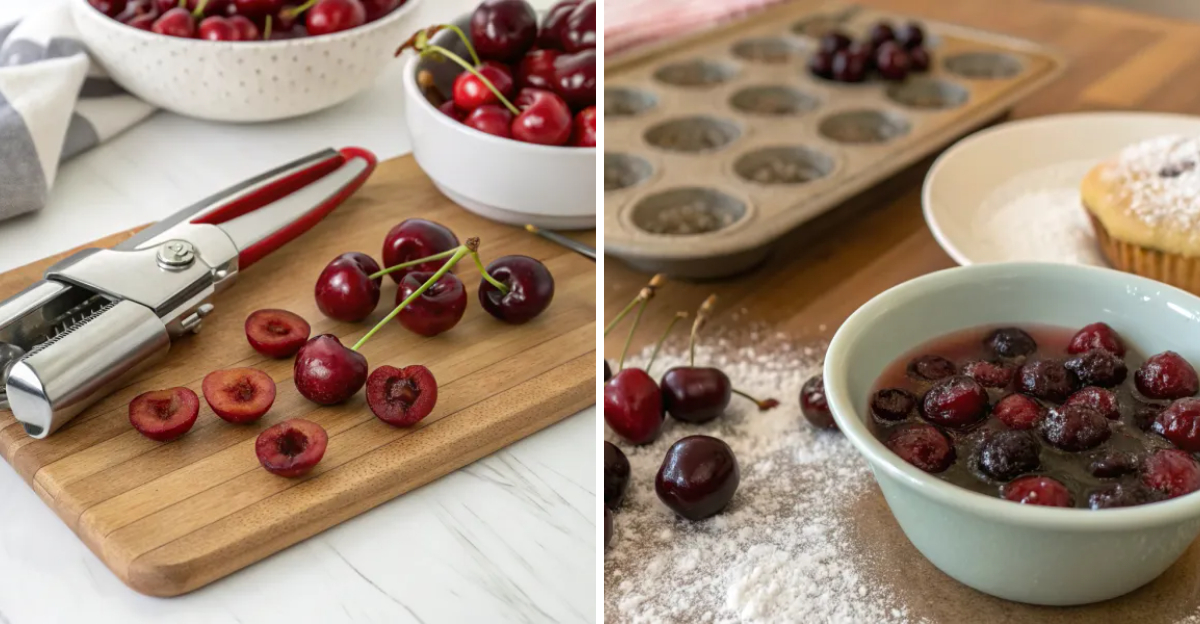
Cherries bring a burst of sweet and tart flavors to your kitchen adventures. Whether you’re working with fresh summer cherries or dried ones from your pantry, these ruby gems can change ordinary recipes into something memorable. From baking delicious treats to adding flair to savory dishes, cherries offer endless possibilities for home cooks. Learning how to handle, store, and use these fruits properly will help you make the most of their natural flavors in your cooking.
1. Choosing the Fresh Cherries
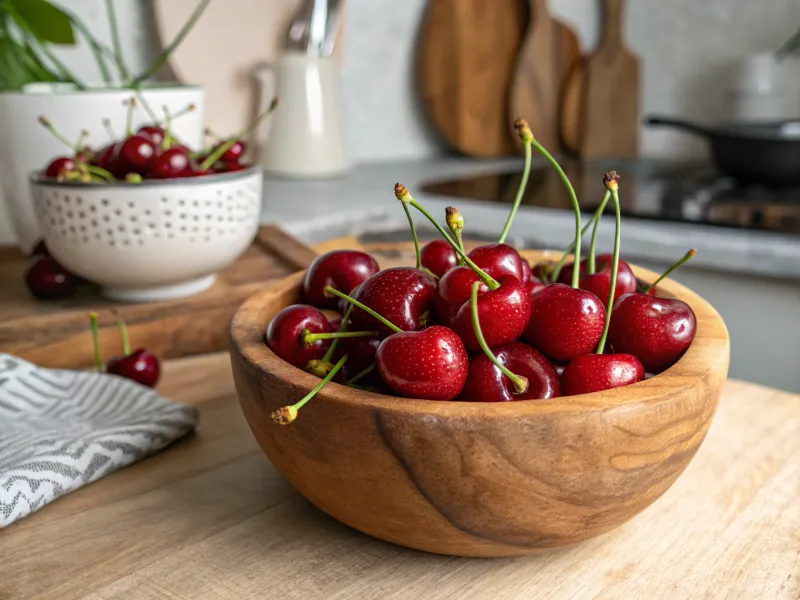
Look for cherries that feel firm when you gently squeeze them between your fingers. The skin should be smooth and glossy, without any wrinkles, soft spots, or dark bruises that indicate the fruit is past its prime. Fresh cherries should have bright green stems still attached to the top. Avoid cherries with brown or dried stems, as these have been sitting around too long and won’t taste as fresh. The color should be deep and rich, ranging from bright red to dark burgundy depending on the variety. Sweet cherries tend to be darker, while tart cherries often have a lighter, red appearance that catches your attention.
2. Proper Storage for Maximum Freshness
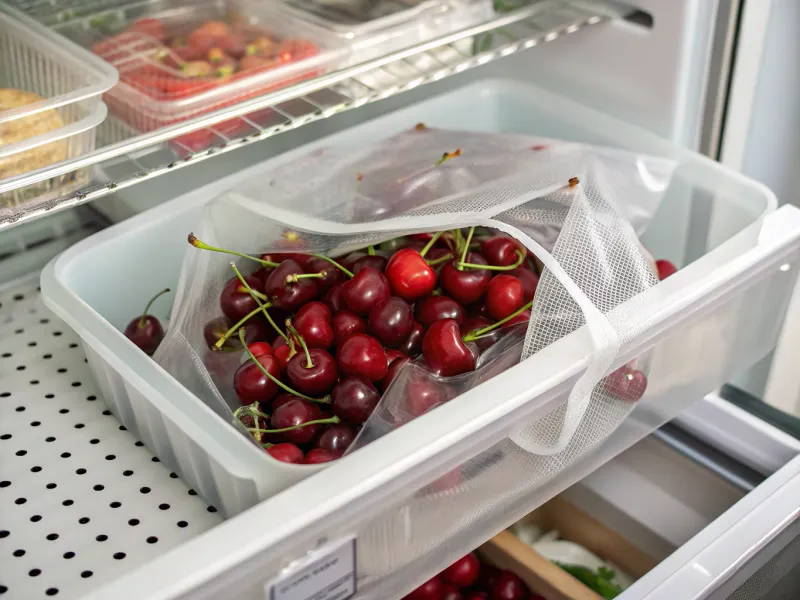
Store unwashed cherries in your refrigerator immediately after bringing them home from the store. Place them in a perforated plastic bag or container to allow air circulation while preventing moisture loss. Keep them in the crisper drawer where the temperature stays consistent and cool. Washing cherries before storage can cause them to spoil faster because excess moisture encourages bacterial growth. Fresh cherries will stay fresh for about one week when stored properly. Check them daily and remove any that start to soften or show signs of spoilage to prevent them from affecting the others in your container.
3. Freezing Cherries for Longer Usage

Wash and thoroughly dry your cherries before freezing to remove any dirt or residue. Pat them completely dry with paper towels since any remaining water will form ice crystals during freezing. Remove the pits using a cherry pitter or small knife, though you can freeze them whole if you prefer. Spread the prepared cherries in a single layer on a baking sheet lined with parchment paper. Freeze for several hours until solid, then transfer to freezer bags or containers. Frozen cherries work well in smoothies, baking recipes, and cooked dishes, maintaining much of their flavor and nutritional value.
4. Removing Pits Like a Pro

A cherry pitter makes quick work of removing pits and keeps the fruit intact for presentation. Simply place each cherry in the tool and press down to push the pit through the bottom. Without a pitter, use a small sharp knife to cut around the cherry following its natural seam. Twist the halves apart gently and remove the pit with the tip of your knife or a small spoon. Another method involves using a sturdy straw or chopstick to push the pit out from the stem end. Work over a bowl to catch any juice that might spray during the process, and keep paper towels handy for cleanup.
5. Baking Success with Dried Cherries
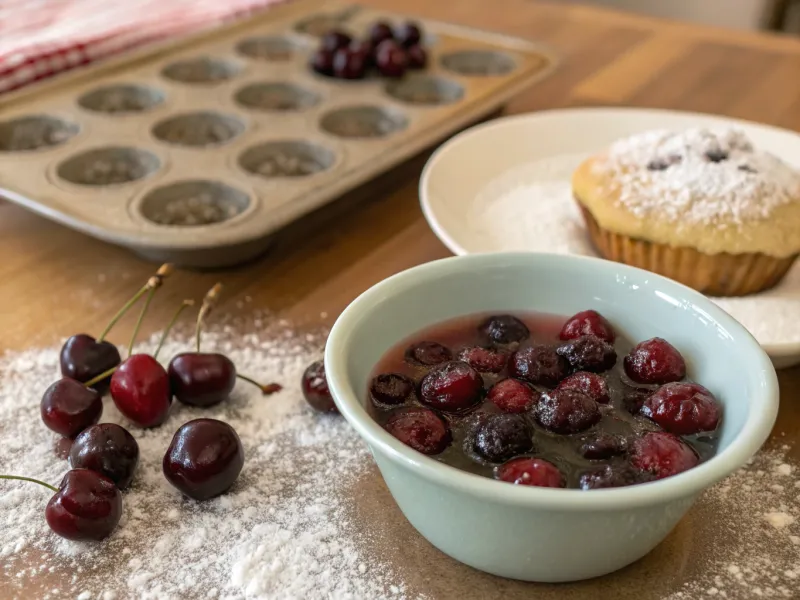
Dried cherries add chewy texture and concentrated flavor to muffins, breads, and cookies. Their natural sweetness intensifies during the drying process, making them a flavorful addition to baked foods. Soak dried cherries in warm water for ten minutes before adding them to your batter. This prevents them from absorbing too much moisture from your dough and becoming hard during baking. Toss dried cherries in a little flour before folding them into cake or muffin batter. This coating helps distribute them evenly throughout your baked treats instead of having them sink to the bottom during cooking.
6. Adding Cherries to Fresh Salads
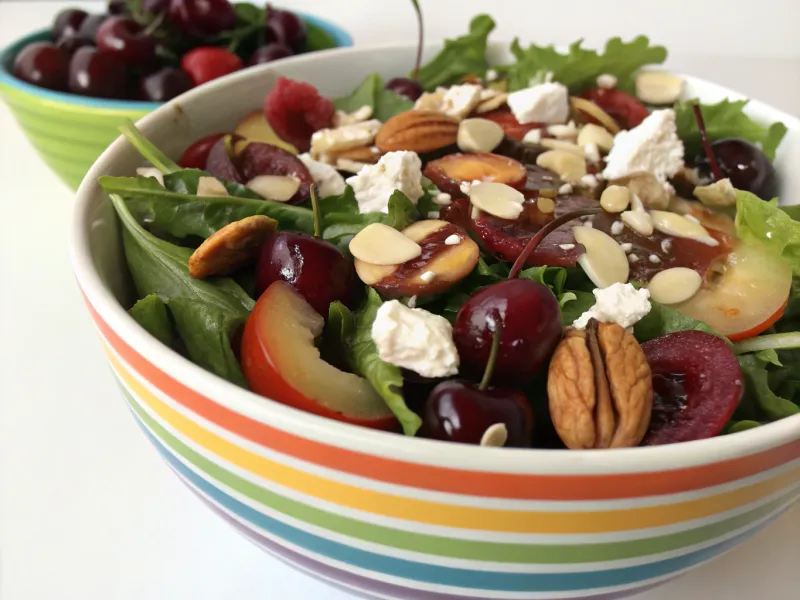
Fresh or dried cherries bring natural sweetness and color contrast to green salads. Their tartness balances rich ingredients like nuts and cheese while adding nutritional value to your meal. Pair cherries with leafy greens, toasted almonds, and soft goat cheese for a combination that pleases both the eye and palate. The fruit’s acidity helps brighten heavier salad components. For dried cherries, chop them roughly before adding to prevent large pieces that might enhance individual servings. Fresh cherries should be pitted and halved to make eating easier and distribute their flavor more evenly throughout each serving of salad.
7. Making Flavorful Sauces and Glazes
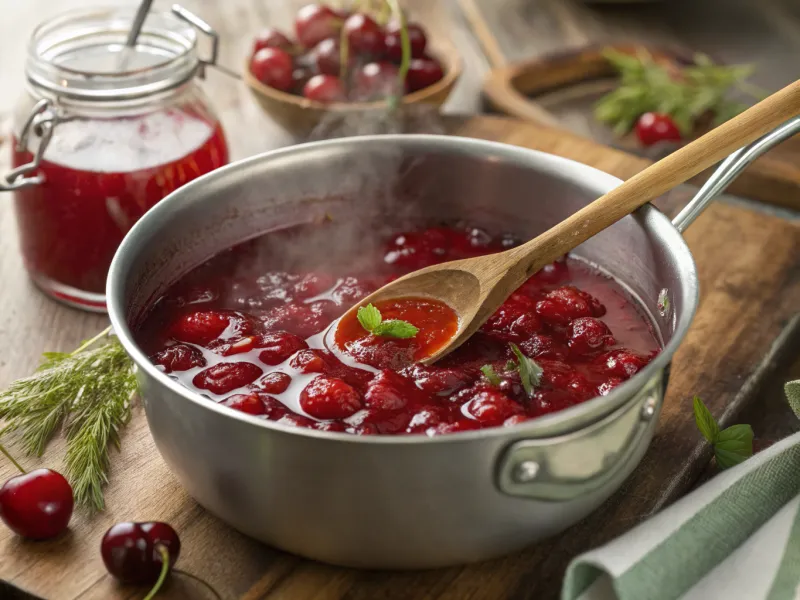
Cherries make excellent sauces for chicken, turkey, and beef dishes. Their natural acidity helps tenderize meat while adding a fruity dimension that complements savory seasonings beautifully. Simmer fresh or dried cherries with onions, herbs, and broth to create a reduction sauce. The fruit breaks down during cooking, releasing its juices and creating a rich, glossy coating for your proteins. Add a splash of balsamic or apple cider during cooking to enhance the cherry flavor and create depth. Strain the finished sauce if you prefer a smooth consistency, or leave the fruit pieces for added texture and visual appeal.
8. Making Homemade Cherry Preserves
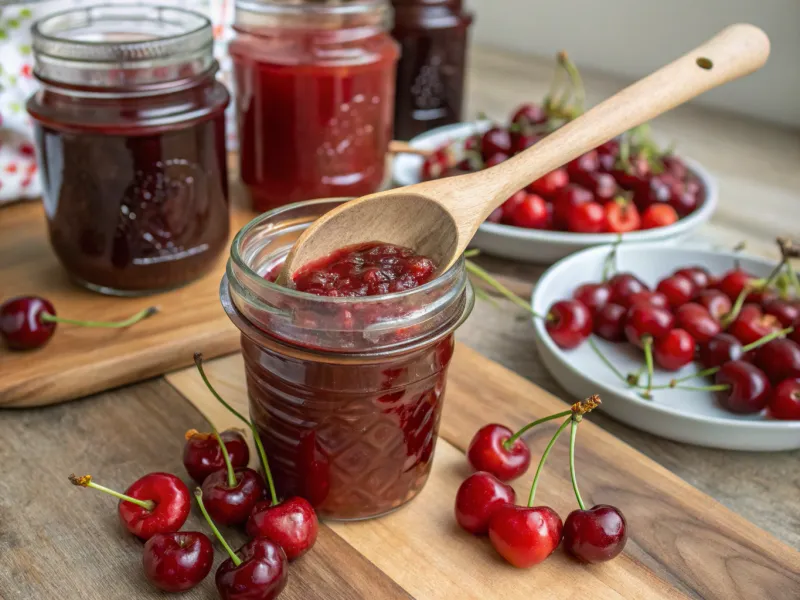
Change fresh cherries into jam or chutney that captures their peak flavor for months to come. Homemade preserves taste much better than store versions and contain no artificial additives or excessive sugar. Combine pitted cherries with lemon juice and sugar in a heavy-bottomed pot. Cook over medium heat, stirring frequently, until the mixture thickens and coats the back of a spoon. Test for doneness by placing a small amount on a chilled plate. If it wrinkles when you push it with your finger, the jam is ready. Pour into sterilized jars and process according to safe canning guidelines for longer storage.
9. Pairing Cherries with Complementary Flavors
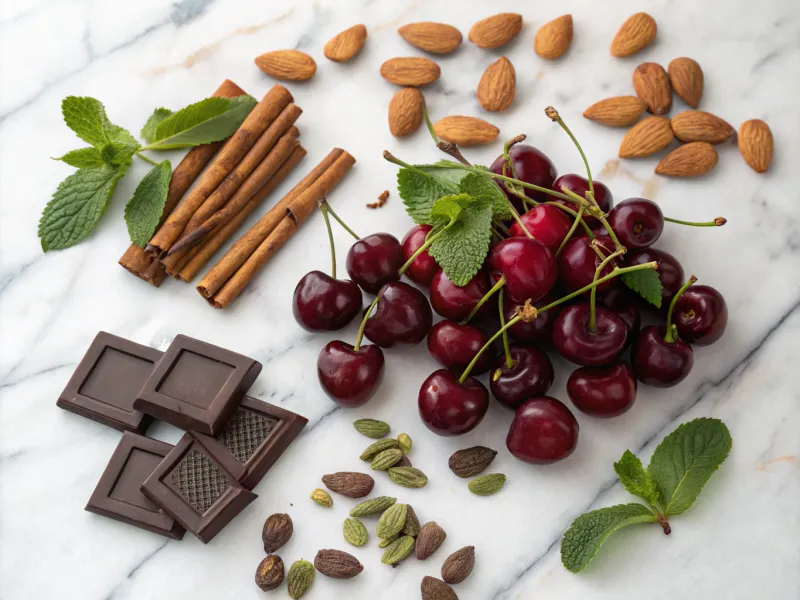
Cherries have natural flavor partnerships that enhance their taste in both sweet and savory applications. Almonds share a botanical relationship with cherries, making them a classic pairing in desserts and baked foods. Chocolate and cherries create a luxurious combination that works in everything from simple fruit dips to elaborate cakes. The richness of chocolate balances the fruit’s tartness while highlighting its sweetness. Warm spices like cinnamon, cardamom, and ginger complement cherry’s natural flavors in both fresh and cooked preparations. These spices add depth without overwhelming the fruit’s delicate taste, making them ideal for pies, compotes, and grain dishes.
